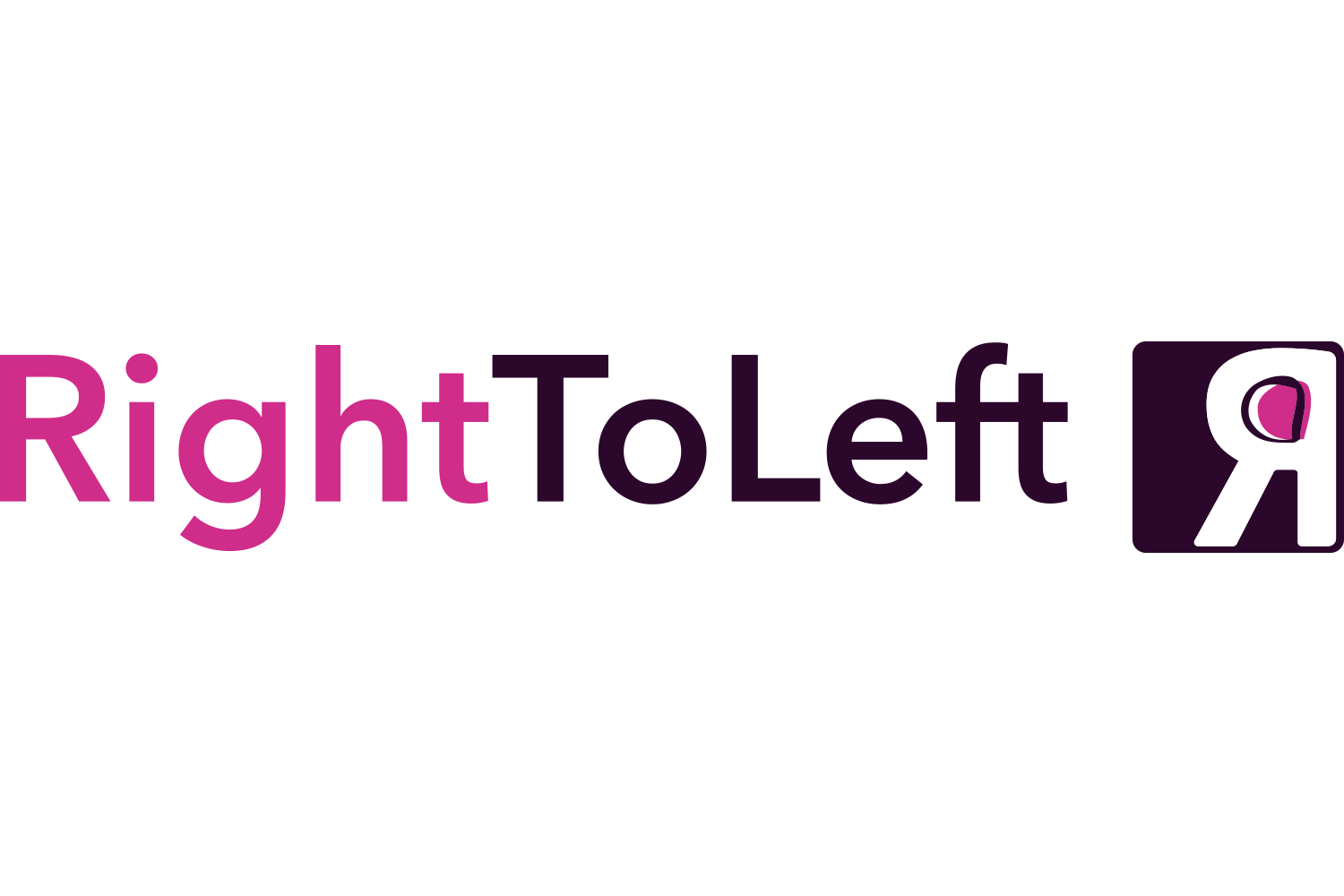Understanding value assumptions on your product strategy
In the previous article, we explained why the roadmap can be an investment-limiting, morale-killing, terrible method of articulating product strategy - especially when we jump to assumptions. We discussed that value assumptions must be included in product strategies, making it easier to create alignment and execute efficiently. It is time to dig deeper and understand your value assumptions.
Value assumptions are the links of the value chain
Your product strategy is the plan of how developing your product will support your business goals. The value chain starts with features that create or modify customer and user behaviours. These behaviour changes have a knock-on impact on generating customer value.
The first set of value assumptions explains which customer behaviours we understand will create value. We call these product impact value assumptions.
The next link in the value chain is customer values that the customer perceives as meaningful enough to support your company goals, e.g. the customer will pay for the value. This second set of value assumptions explains which customer values will support which company goals and strategic value assumptions (referring to the business strategy). The diagram below illustrates the value chain and where the value assumptions sit.
Don't accidentally make high-risk product investments
Normally, the strategic value assumption is vaguely understood and captured in a vanilla format in a typical product strategy. The Product VCP explicitly forces a deeper understanding of the value assumptions and leaves no room for vagueness. This can feel uncomfortable if leaders are not aligned or if the work to understand the assumptions has yet to be done. When we consider value assumptions, if confidence is low, it is better to capture it as a hypothesis and collaborate with the product function on strategic discovery work to increase confidence through evidence. Leadership must avoid putting their heads in the sand and plough on with high-cost and high-risk product investment.
The ROE on alignment keeps on paying back
When some leaders recognise the importance of value assumptions, it can be tempting to try and be the hero who crafts the value assumptions with a big reveal to set the direction. Don't be tempted. What sets amazing product organisations apart from “okay” product organisations is alignment.
Alignment is more easily achieved if the creation process is inclusive and collaborative. It is more effort, but the return on effort (ROE) will be far larger and long-lasting when key stakeholders are aligned around value assumptions. Collaboration in forming these value assumptions makes it faster to find evidence to validate or invalidate the assumptions, moving your discovery forward.
Strong, evidence-driven, and clear value assumptions will have a wide-reaching impact on your company - far beyond supporting the product development focus. Alignment of value assumptions will improve marketing focus, encourage customer success to guide users to value and give sales stronger consultative expertise.
Hungry for more?
The next article in this series deep dives to explain product impact value assumptions.


